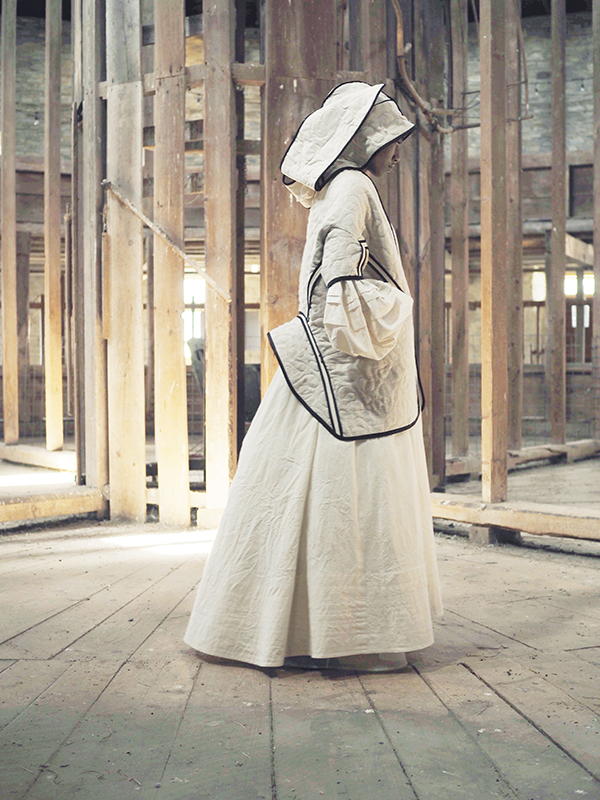With fingers crossed that the coronavirus is continuing to ebb, museums across the country are opening their doors wide again, busily installing new and delayed exhibitions and programs, some reflecting innovations born of Covid-19 restrictions. Colonial Williamsburg, for instance, used the pandemic pause to rethink and expand its travel programs and created a new position to make that happen. Who better than the affable scholar Tom Savage to head it up? For short-term planning this summer, consider a trip to Hancock Shaker Village (HSV) in Massachusetts, the pre-eminent Shaker living-history museum in the United States, where new curator Linda Johnson joins director Jennifer Trainer Thompson, in showing how the surviving material culture of the Shakers’ lives, values, and faith tradition are increasingly relevant to navigating our world today.

One way they do this is through exhibitions that highlight living artists who see the material culture the Shakers left behind through a modern yet mindful lens. This summer, fashion designer, artist, and storyteller Gary Graham, intrigued and inspired by Shaker cloaks—made from their own wool, raised, spun, woven, and sewn by hand—has painstakingly created two of his own that, in juxtaposition with the originals, raise questions about work and workspaces, about protection and beauty, and about using material culture to advance human thought. In a hauntingly beautiful video, one of his cloaks comes to life, crossing space and time to tell a story of community while also exploring issues of place and craft.
Concurrently, you can see ceramics made by Irish potter Nicholas Mosse in collaboration with artist James Turrell, best known for his work with light and his Roden Crater project in Arizona. From Turrell and Mosse’s Lapsed Quaker Ware series, these pieces at once reflect the Wedgwood basalt ware that inspired them and Turrell’s fascination with light and its absence, creating a dialogue between past and present, light and dark, the utilitarian and the sublime.

Of course, the vast collections at HSV demand exploration in their own right, so the contemporary artists’ exhibitions are balanced by ones that focus purely on the historical material. With the pandemic raging, a proper celebration of the museum’s sixtieth anniversary in 2020 was impossible, but Notes About Home: 60 Years at Hancock Shaker Village, also on view now, tells the museum’s story from its fledgling beginnings to the present.
Looking forward, Linda Johnson says: “My research strengths lie in seventeenththrough nineteenth-century American studies and art history and I hope to forge exhibits that demonstrate concerns experienced by the Shakers that are similar to our own—political disharmony, marginalization, economic difficulties, and ridicule—and also to juxtapose their traditions and material culture with those of artists and religious leaders of their day. Creating a better world begins with reaching into our American past and seeing how we can learn to cultivate a more just society for all. That starts when one steps onto the grounds at HSV and learns from the lasting legacy it embodies.”

For longer-term planning, here’s a teaser—Tom Savage’s thoughts on possible trips for Colonial Williamsburg: “Tops on my list are Portugal, birthplace of the Jewish doctor John de Sequeyra, who immigrated to Virginia in 1745 and whose portrait by William Dering is in Winterthur’s collection; he was one of the first doctors attached to Williamsburg’s public hospital for the mentally ill, a first in colonial America. I am currently planning an itinerary of private country houses in Ireland based at Ballyfin and the Duke of Devonshire’s Lismore Castle. India’s textile legacy—think those exotic and brilliant palampores exported to Britain and America—is a must-do when it’s safe to travel. Domestically, there are endless potential ports of call; I also hope to develop privileged and behind-thescenes itineraries for special interest groups coming to Williamsburg. Potential one-off conferences could examine today’s interest in tailors and milliners and the worldwide craze I’ve noticed on Instagram for creating one’s own eighteenth-century costumes!” Pack your bags.
